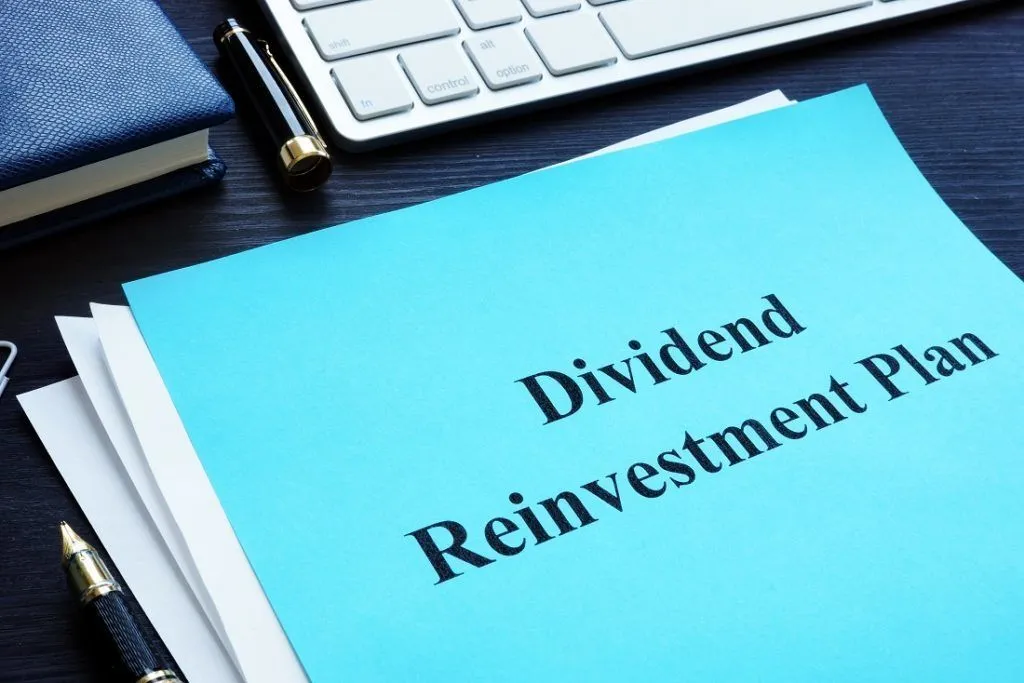
Investing in dividend reinvestment plans can be a great way to increase your income. However, there are some things to consider. You need to make sure that you don’t miss out on the opportunity to save money on taxes. You also need to understand that reinvesting your dividends can be a good way to increase the compounding effect of your money.
Taxes on reinvested dividends
Despite their name, dividends are not always paid out in cash. Instead, companies give out additional shares of comparable value. Typically, they are purchased on behalf of the taxpayer. This is a tax efficient strategy for many taxpayers.
If you are a company employee, you may have the chance to participate in a dividend reinvestment program. These programs are typically administered by a company’s transfer agent. They can be a big tax break for the taxpayer. For example, if you receive a dividend of $10 in a stock fund, you may receive an extra 50 shares of stock at no cost. This can save you a ton of cash. If you’re an individual investor, the same rules apply.
A plethora of online tools exist to assist investors in identifying the most tax-efficient ways to invest their hard-earned dollars. The most effective of these are dividend reinvestment plans. If you do decide to make the switch, be sure to keep accurate records. These records will prove to be valuable should you decide to sell the shares someday. You may have to do some fancy arithmetic to figure out just how much tax you’re owing.
Regardless of your chosen method of payment, you should always keep an eye on your tax return. This is the best way to find out just how much you owe on your taxes.
Increased compounding of returns
Investing in dividend-paying stocks can be a powerful way to grow your wealth. In fact, compounding your investment can add up to 200% to your balance over time. However, this comes with some risk. It’s important to be aware of this, so you can make an educated decision about your investment goals.
Dividends are the best source of compounding returns in the stock market. When you invest in a dividend-paying investment, your investment is credited with interest accumulated on shares that you have acquired from previous dividends. In turn, this dividend will increase in value as the shares of the company increase in number.
Unlike linear growth, compounding of dividends is exponential. It is important to understand how compounding works, because it can help you maximize the earning power of your investment.
The most important part of compounding is the time you allow your investments to grow. The earlier you invest, the better the opportunity to grow your money. It is also important to consider your risk tolerance. If you are not prepared for the risk of losing principal, you may not want to invest in dividend-paying stocks.
Compounding of dividends works best with a buy-and-hold strategy. This means you want to invest in stocks that have the potential to increase in value over time. You should also be prepared for fluctuations in the market.







